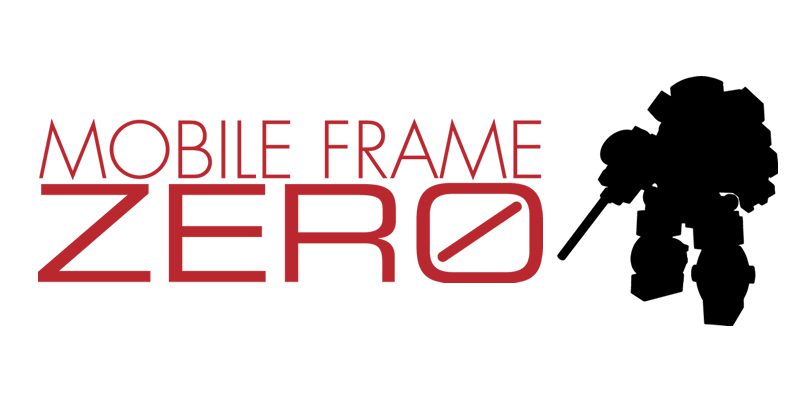What’s Up With MF0 Turn Order?!?

Perhaps the most perplexing thing about Mobile Frame Zero is turn order. It constantly shifts from round to round, and even within the round. On the one hand, it’s one of those things that “will be easier once you get used to it”, but on the other…. Jeez, that’s a lot to try and understand. Unless you can find an experienced player to calmly explain how this works a few dozen times, learning turn order can be quite the challenge. Let’s break it down a bit and see if we can figure this one out.
Round Order
Round order goes from the person with the highest number of points to the lowest. Not too tough. Where it gets weird is that you don’t go around in a circle like you do with “normal” games. Every time you come back to this order, you start with the person with the highest number of points. It might help to think about it less like the turn order in the sense that other games use turn order, and more like a priority list. Whoever is the top of the list always gets the first opportunity to move their frames or pass to the next in line. If you don’t like being at the bottom of the list, start winning.
Combat Order
Combat order is where everything starts going crazy. Whenever a frame targets another from for attack, it starts a chain. How long that chain is depends on where you are in the round and the decisions that each player makes. Early in the round, this chain can get quite long as frame A targets frame B, who targets frame C, who targets frame D…. and you get the idea. You have to go down the line rolling, then resolving each attack. Later in the round, many frames will already have taken their turn, so you won’t have to stop and resolve large chains of attacks nearly as often.
The best advice I have for dealing with this is to have some method of writing this down as you go. There are a couple ways to do this. The simplest is going to be to get a notebook and write it all down as you go. This also gives you the option of writing down dice rolls for each frame if you don’t have enough dice to leave them sitting on the table for each one. The second is to make cards for each and lay them out in a line as each frame chooses its target. This takes a bit more prep work but has the advantage of being reusable. If you want to get extra fancy (and have access to a good printer) adding a picture to each card will make it far easier to remember which card goes with which frame.

Simplified Variant
Still not getting it? Time to rip out all that complexity and make it as simple as possible. Keep in mind, removing the complexity is going to change the strategy, so be ready to change things up once you start adding the shifting order back in.
We are going to keep round order the same, since shifting that once per round isn’t too crazy, and the calculation is straightforward. Within each round, though, we are going to change things up a bit.
- Roll the dice for all your frames at the beginning of the round. Each player takes a turn in round order rolling for one frame each until all the frames have their stats.
- Round order works the same way, with each player, in turn, choosing either to resolve a frame’s turn or passing.
- When a player decides to resolve their turn, do so immediately. Since all the dice have been rolled, there is no need to chain turns to resolve stats.
- Rather than returning to the top of the order after each combat, continue in the rotation, resolving frame’s turns and passing until the round is complete.
You are also going to simplify strategy a bit going this route, as you know, up front whether or not you have enough movement dice to make a melee attack, or if your opponent has committed both their red dice towards defense. The lack of chained frame turns should also save you a bit of confusion until you get a better feel for the game.
Figuring out turn order is still complicated, but hopefully, it makes a bit more sense now. If not, well, walk through it slowly a few times, and it’ll be easier when you get used to it.


